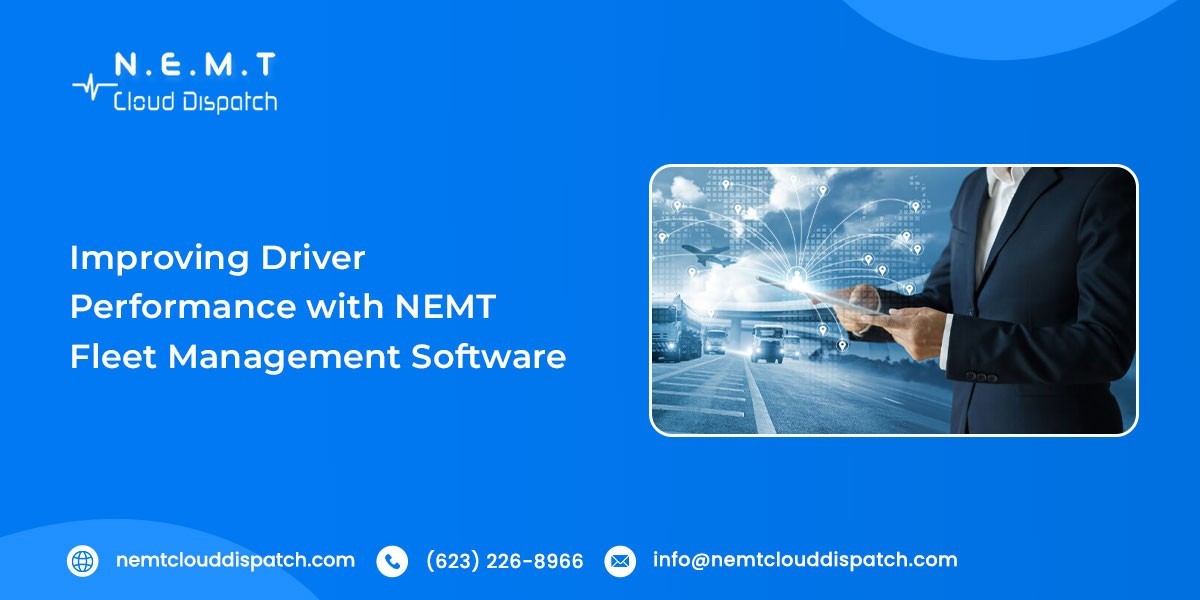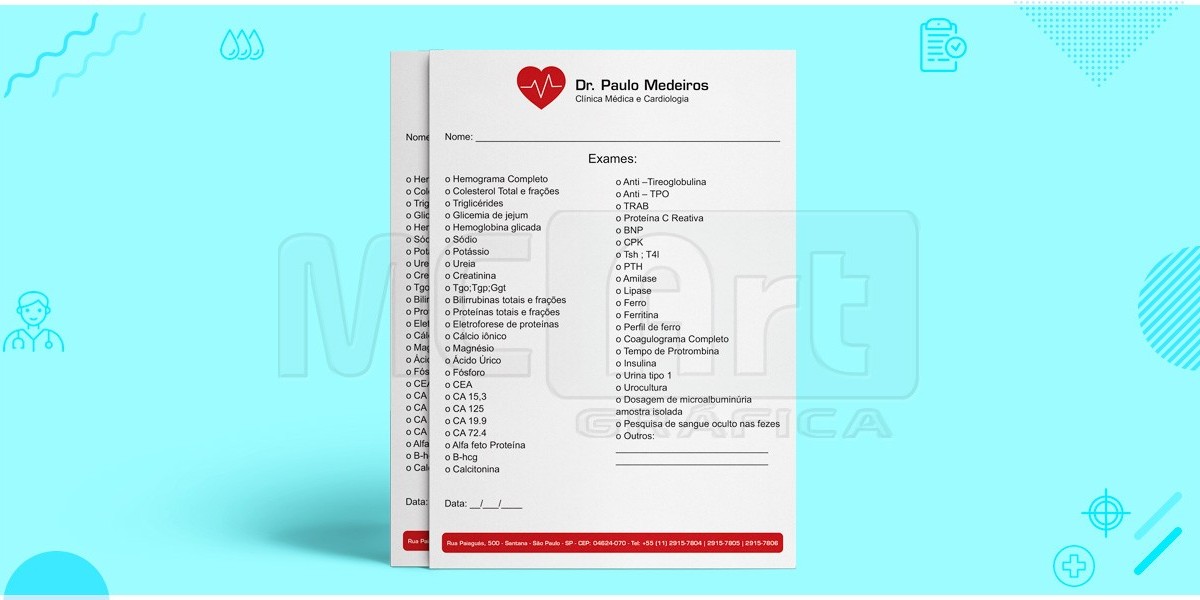In the dynamic world of Non-Emergency Medical Transportation (NEMT), optimizing driver performance is key to ensuring timely, efficient, and reliable service for clients. Whether you're managing a small fleet or a large-scale operation, the right tools can make a world of difference in how your team operates. This is where NEMT fleet management software plays a pivotal role. By integrating fleet dispatching software and cloud fleet management systems, companies can not only enhance driver performance but also improve overall fleet efficiency.
How NEMT Fleet Management Software Improving Driver Performance?
1. Real-Time Tracking and Communication
One of the most important factors in improving driver performance is real-time tracking. With cloud fleet management, fleet managers can monitor each vehicle's location and route in real time. This allows for immediate intervention when necessary, such as rerouting drivers to avoid traffic delays or providing directions for efficiency. The seamless communication between drivers and dispatch centers through advanced software also ensures that drivers are always on the same page.
The dispatch fleet management system ensures that assignments are sent directly to drivers’ mobile devices, enabling quick responses to schedule changes or urgent requests. Whether it’s adjusting pickup times or rerouting to accommodate emergency requests, the system keeps everyone in sync and operating at maximum efficiency.
2. Driver Behavior Monitoring
Monitoring driver behavior is a crucial part of fleet management. The ability to track things like speed, hard braking, acceleration, and idling can offer valuable insights into a driver’s habits and areas for improvement. Emergent fleet management software can help flag any risky driving behavior in real-time, allowing managers to provide instant feedback or take corrective action if necessary.
By using NEMT fleet management software with built-in performance analytics, fleet managers can identify trends in driver behavior over time. This allows them to provide targeted training to drivers, helping them improve in specific areas such as fuel efficiency, safety, and punctuality—ultimately enhancing overall fleet performance.
3. Scheduled Vehicle Maintenance
Another significant factor that impacts driver performance is vehicle condition. A vehicle in poor condition can lead to unexpected breakdowns, delays, or unsafe driving conditions. With NEMT fleet maintenance software, fleet managers can stay ahead of maintenance needs by scheduling routine inspections, monitoring mileage, and tracking maintenance records.
An efficient NEMT fleet management software system helps automate the maintenance schedule, ensuring vehicles are serviced at the right intervals. This not only prolongs the life of the vehicle but also reduces the likelihood of unexpected mechanical issues that could disrupt driver performance. Additionally, maintaining a fleet of well-conditioned vehicles helps drivers feel confident and safe on the road, reducing stress and improving overall job satisfaction.
4. Streamlined Scheduling and Dispatch
For a fleet to operate smoothly, effective scheduling is essential. By leveraging a cloud fleet management system, managers can schedule rides efficiently, ensuring that there are no overlapping routes or underutilized vehicles. The fleet dispatching software optimizes assignments based on factors like vehicle capacity, proximity, and driver availability, which reduces wait times for passengers and maximizes driver productivity.
With an intuitive scheduling system, drivers spend less time waiting for assignments and more time driving, which directly improves their performance and efficiency. Real-time updates about job status and route changes keep drivers informed, preventing delays or confusion and enabling them to stick to tight schedules.
5. Data-Driven Insights for Continuous Improvement
Data-driven decision-making is crucial for continuous improvement. With the powerful analytics provided by NEMT fleet management software, managers can assess performance metrics, from fuel usage to average trip times. This insight enables fleet managers to implement strategies that improve driver efficiency, reduce fuel costs, and increase profitability.
By using cloud fleet management, the data is securely stored and accessible from anywhere, allowing managers to make informed decisions without being tied to an office. Additionally, these insights can be used to reward top-performing drivers, incentivize improvements in specific areas, and set performance benchmarks that drive overall fleet success.
Conclusion
In conclusion, adopting the right NEMT fleet management software is essential for any fleet operation looking to improve driver performance. By utilizing a comprehensive dispatch fleet management system and cloud fleet management, companies can track real-time data, monitor driver behavior, optimize scheduling, and ensure vehicles are well-maintained. With tools like NEMT fleet maintenance software and emergent fleet management software, managers can stay ahead of challenges, enhance driver satisfaction, and provide high-quality service to clients.
At NEMT Cloud Dispatch, we understand the critical need for efficient fleet management. Our state-of-the-art cloud fleet management system offers the perfect solution for any NEMT provider looking to streamline operations and improve driver performance. With our cutting-edge technology and user-friendly interface, you can rest assured that your fleet will operate at peak performance, allowing you to deliver the highest quality service every time.
Explore how NEMT Cloud Dispatch can transform your fleet management and take your business to the next level today!



